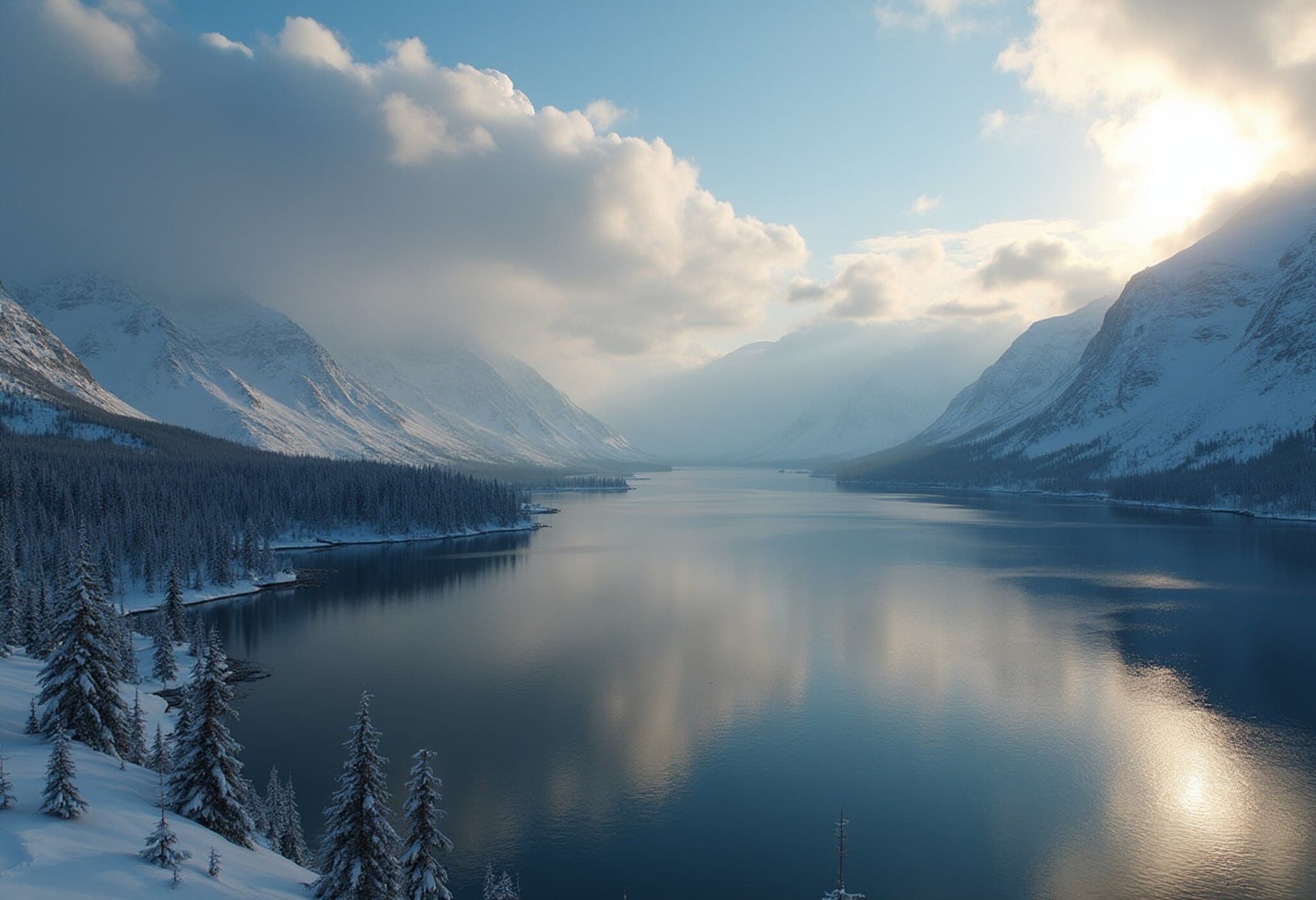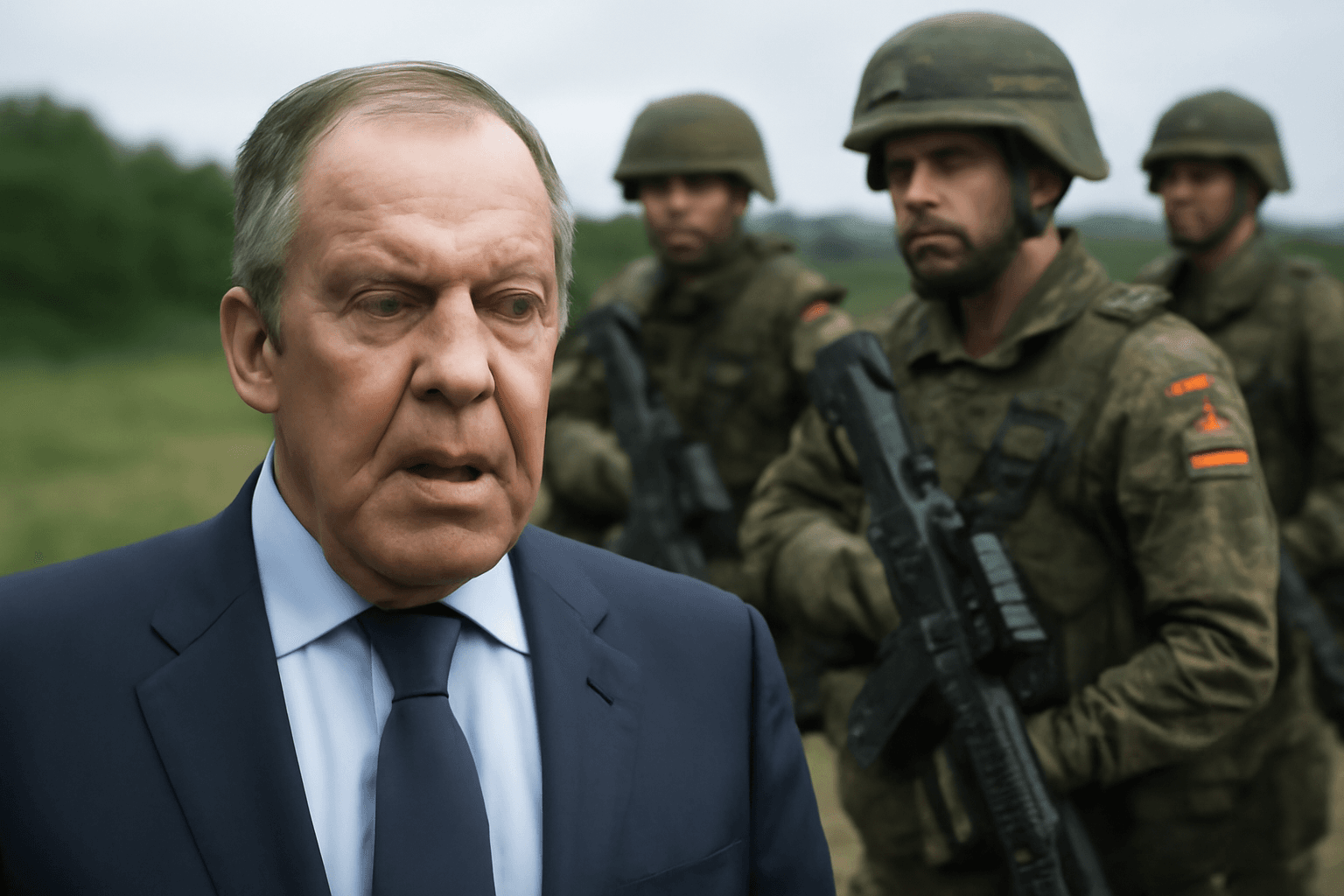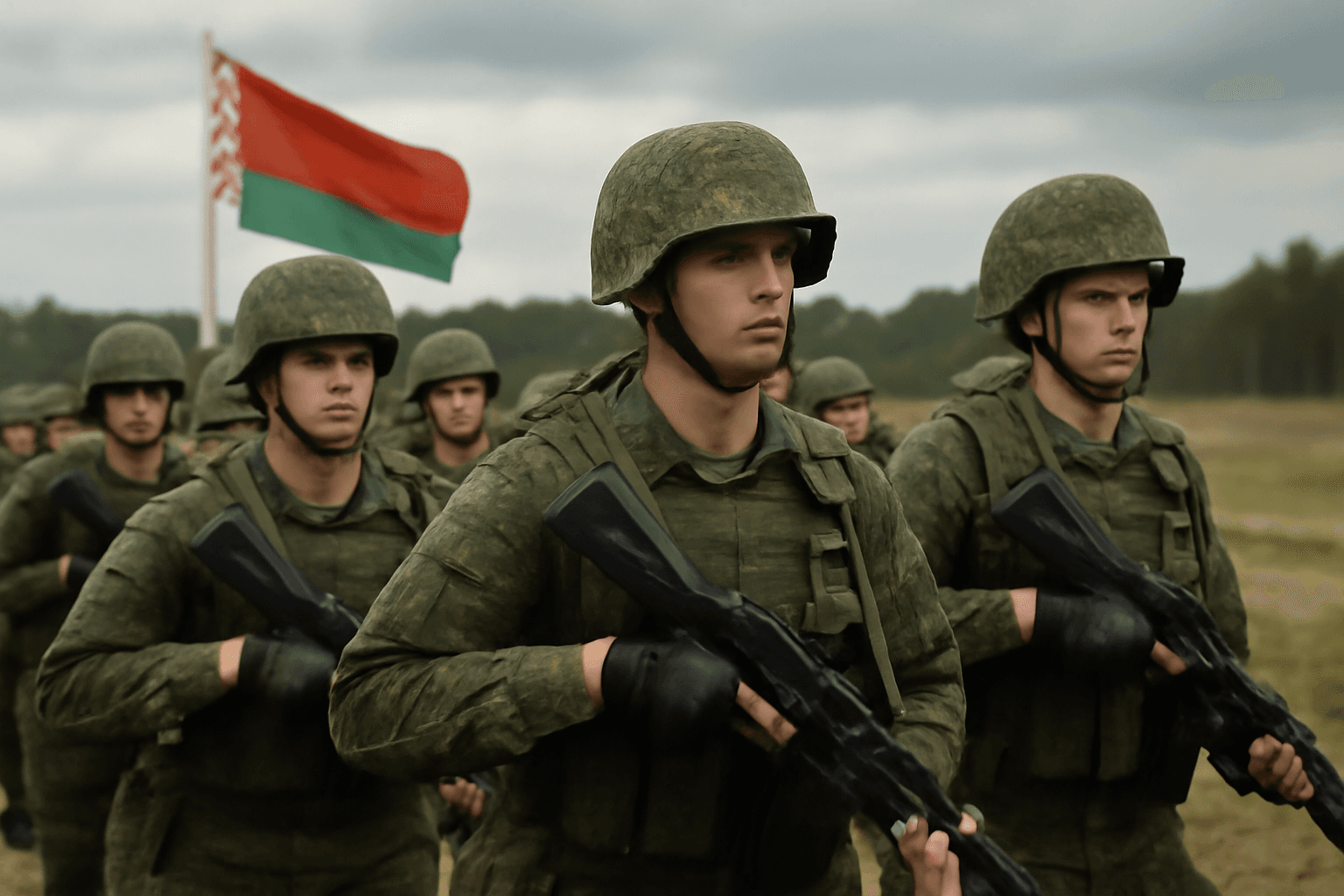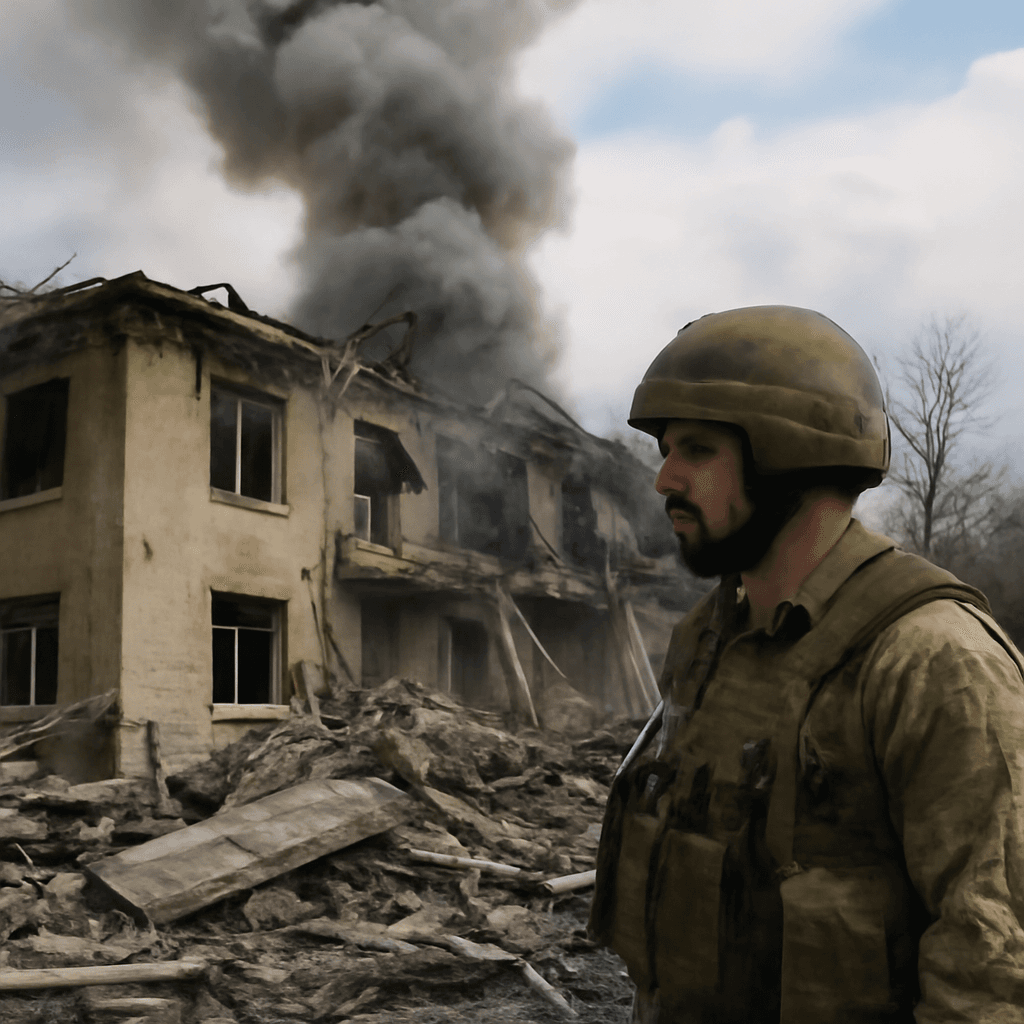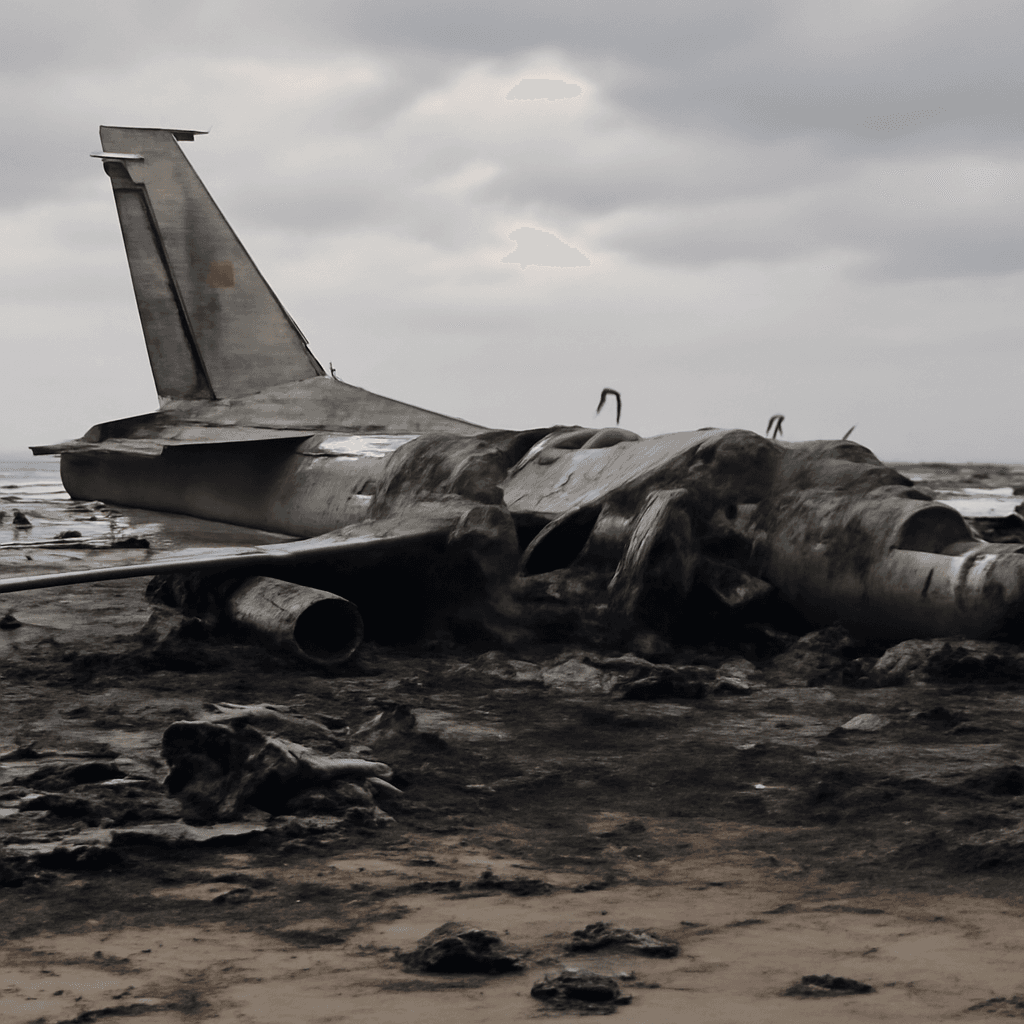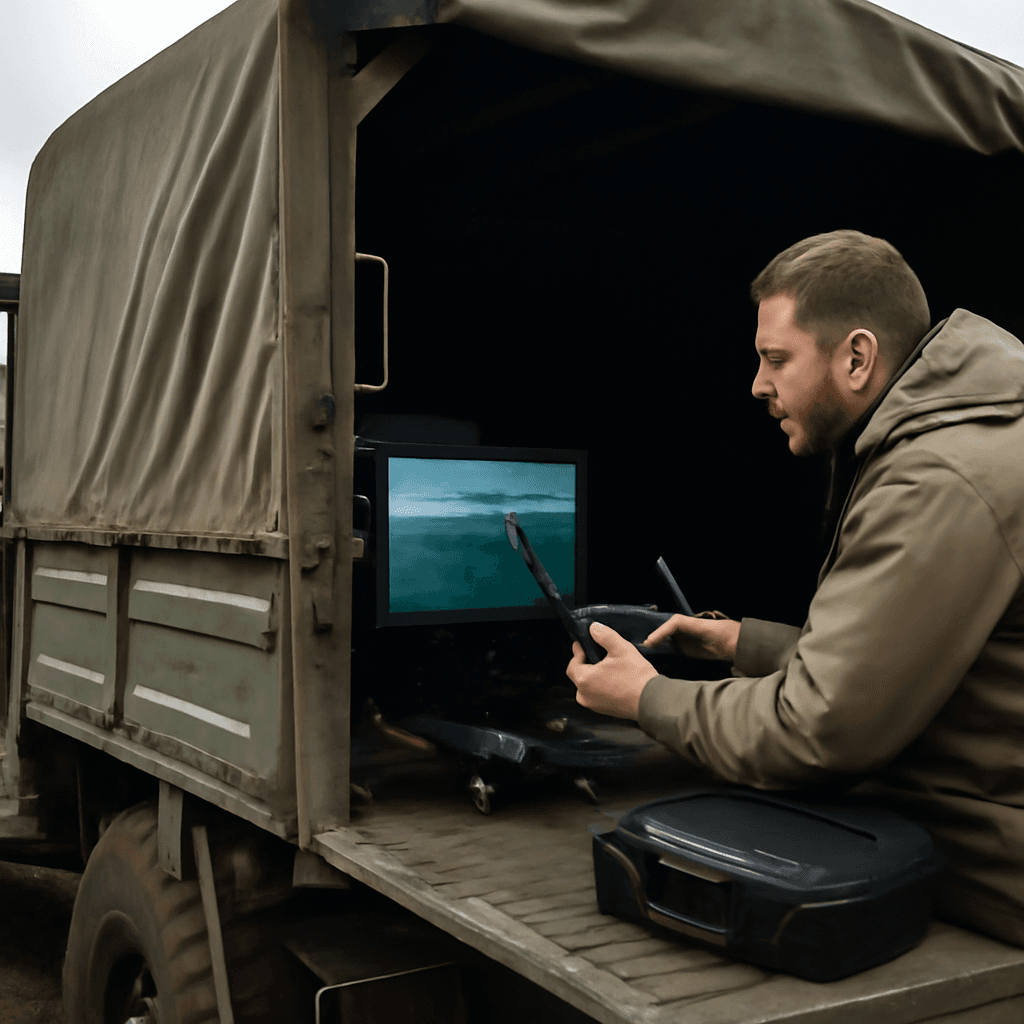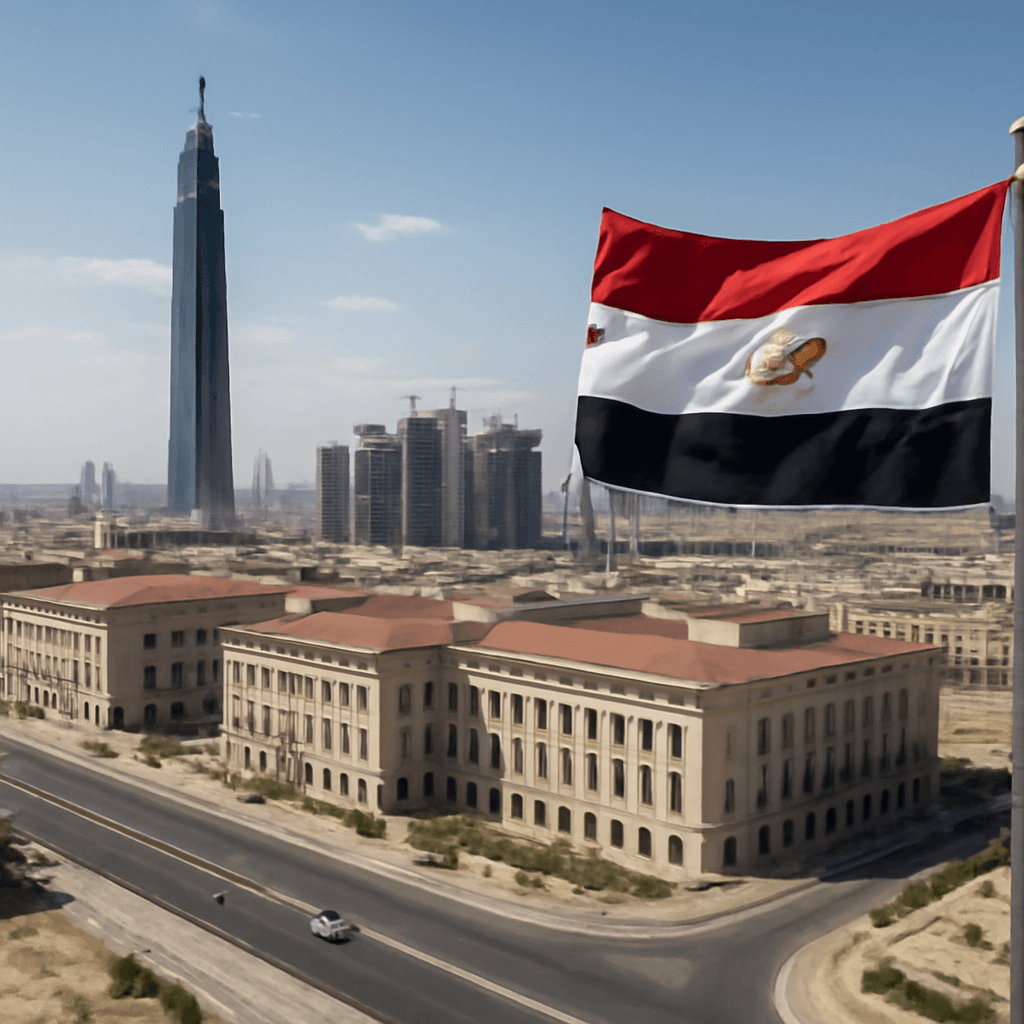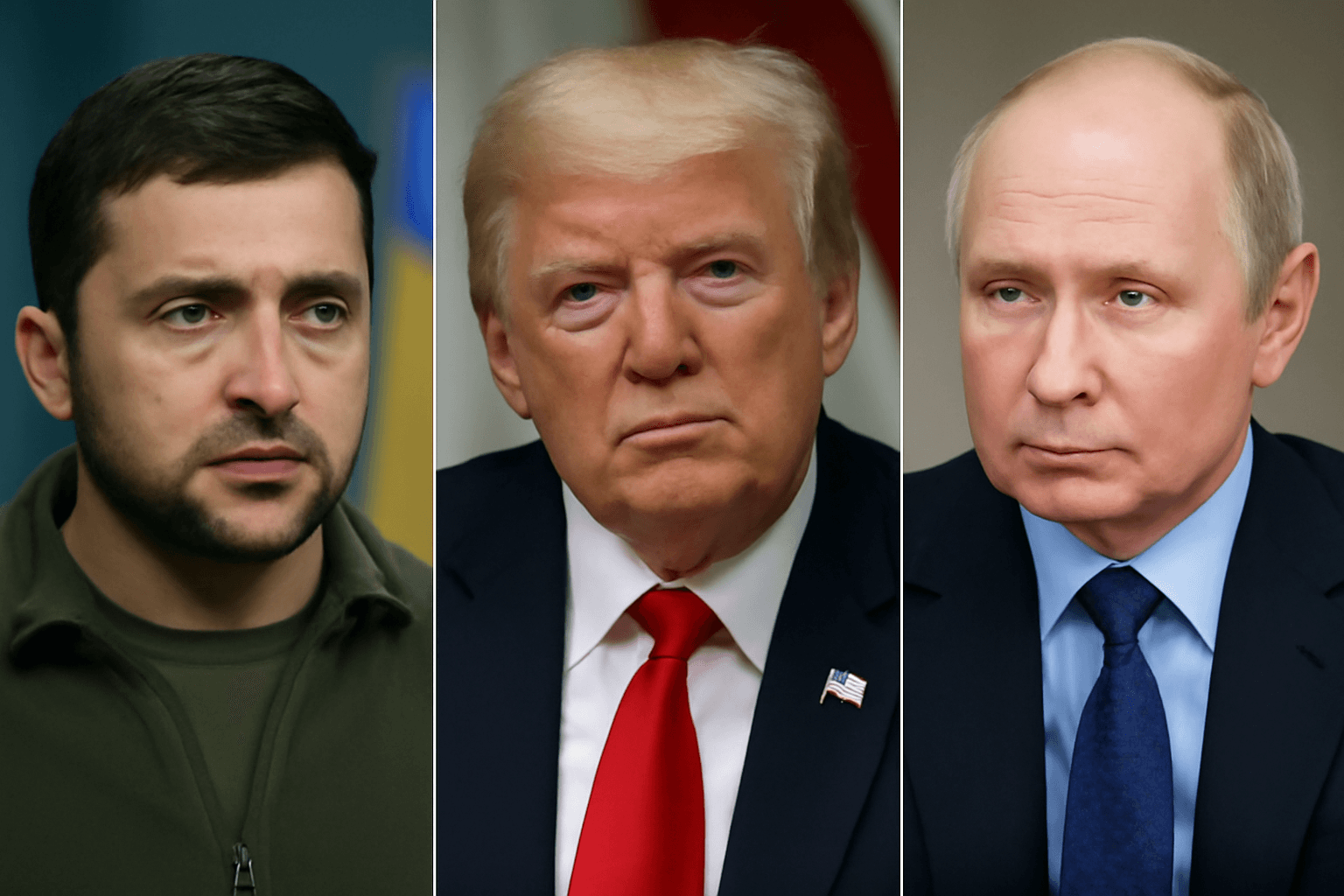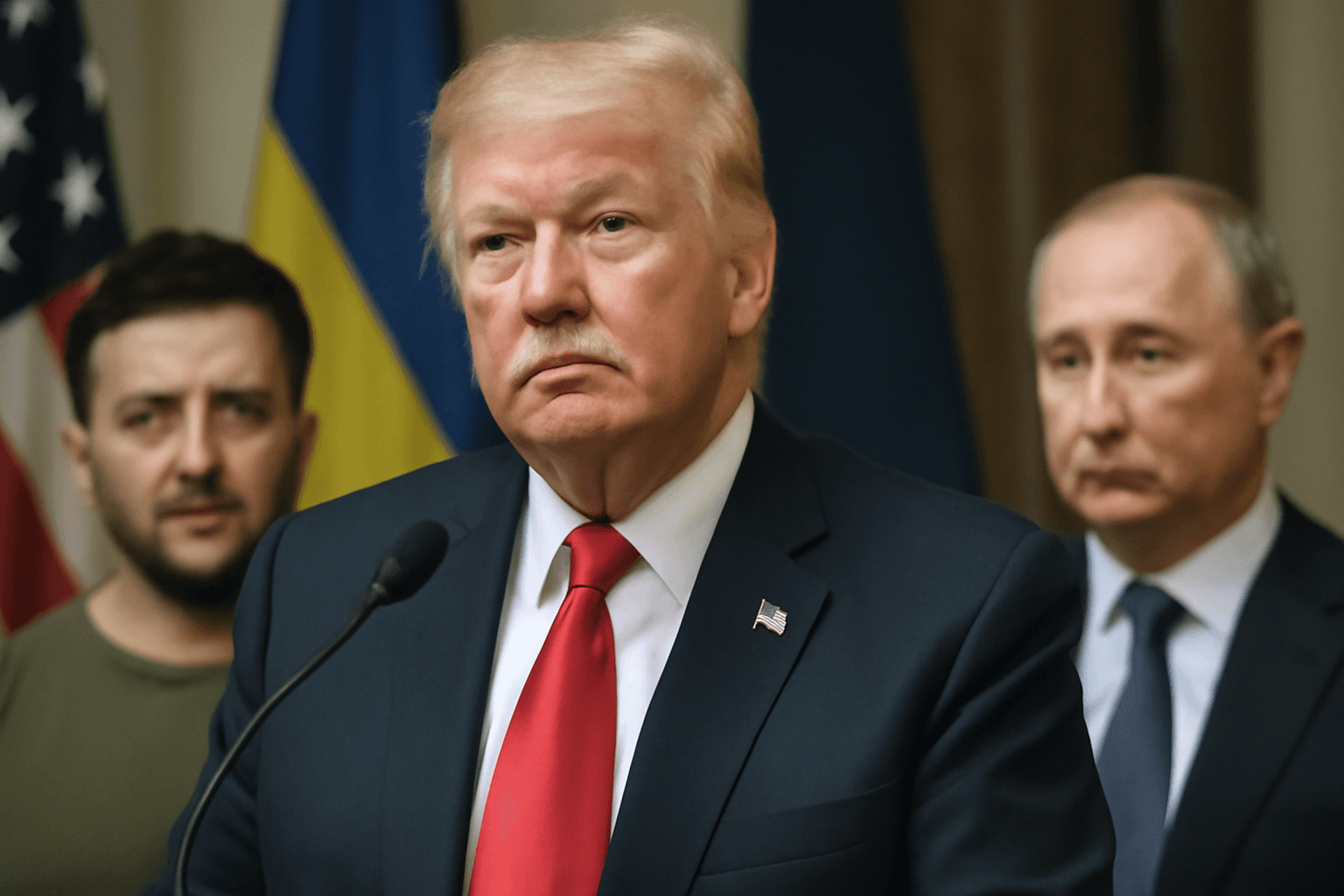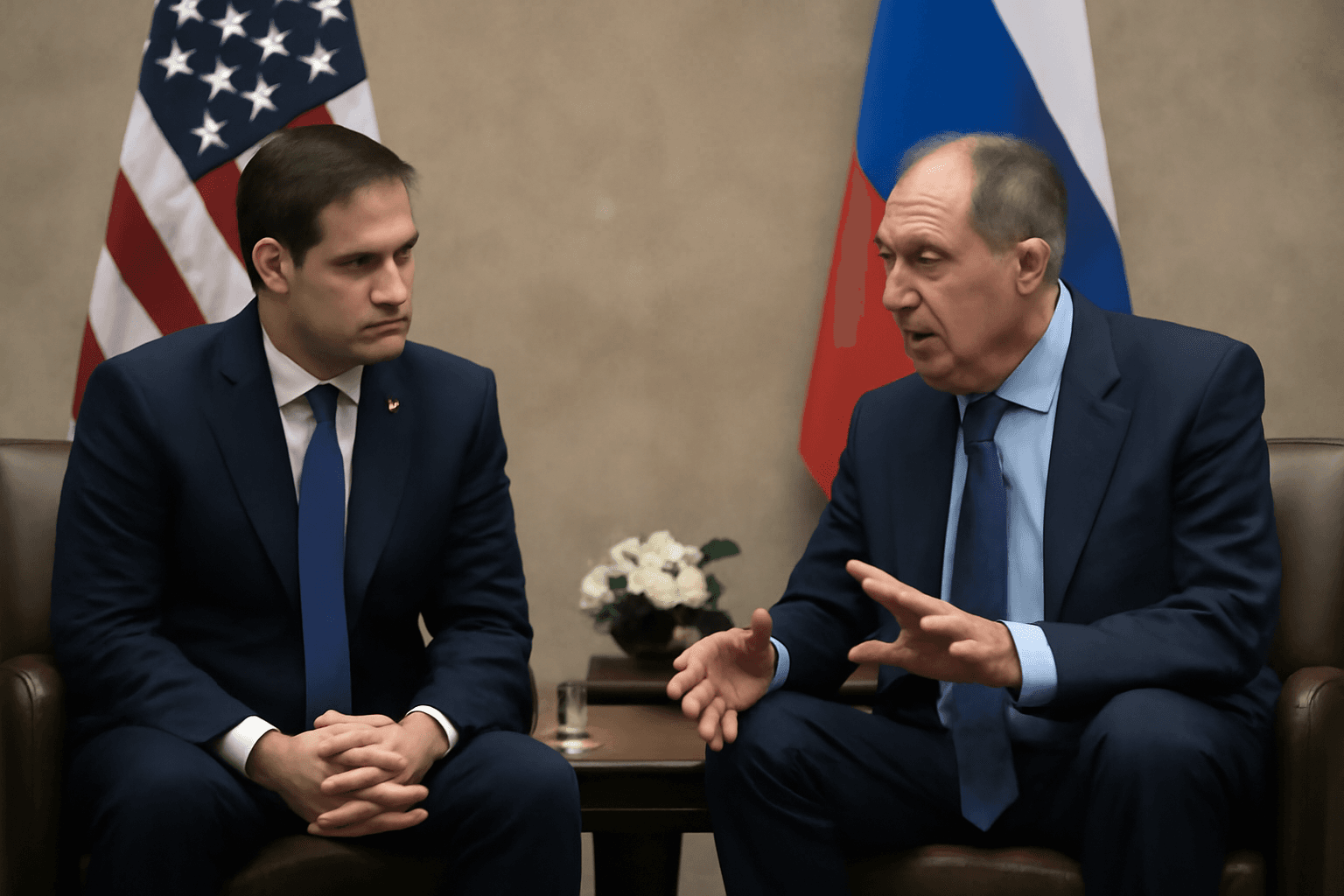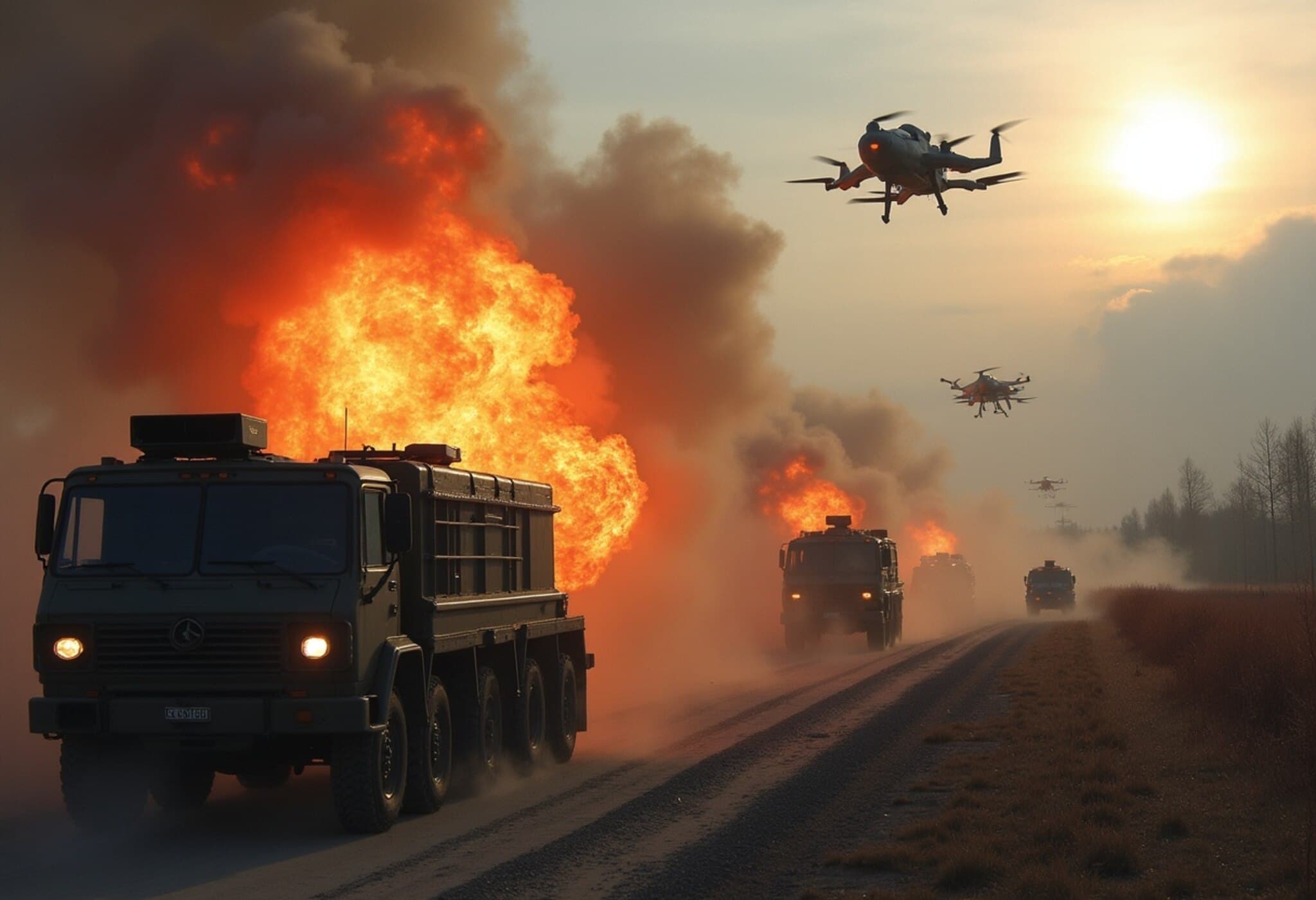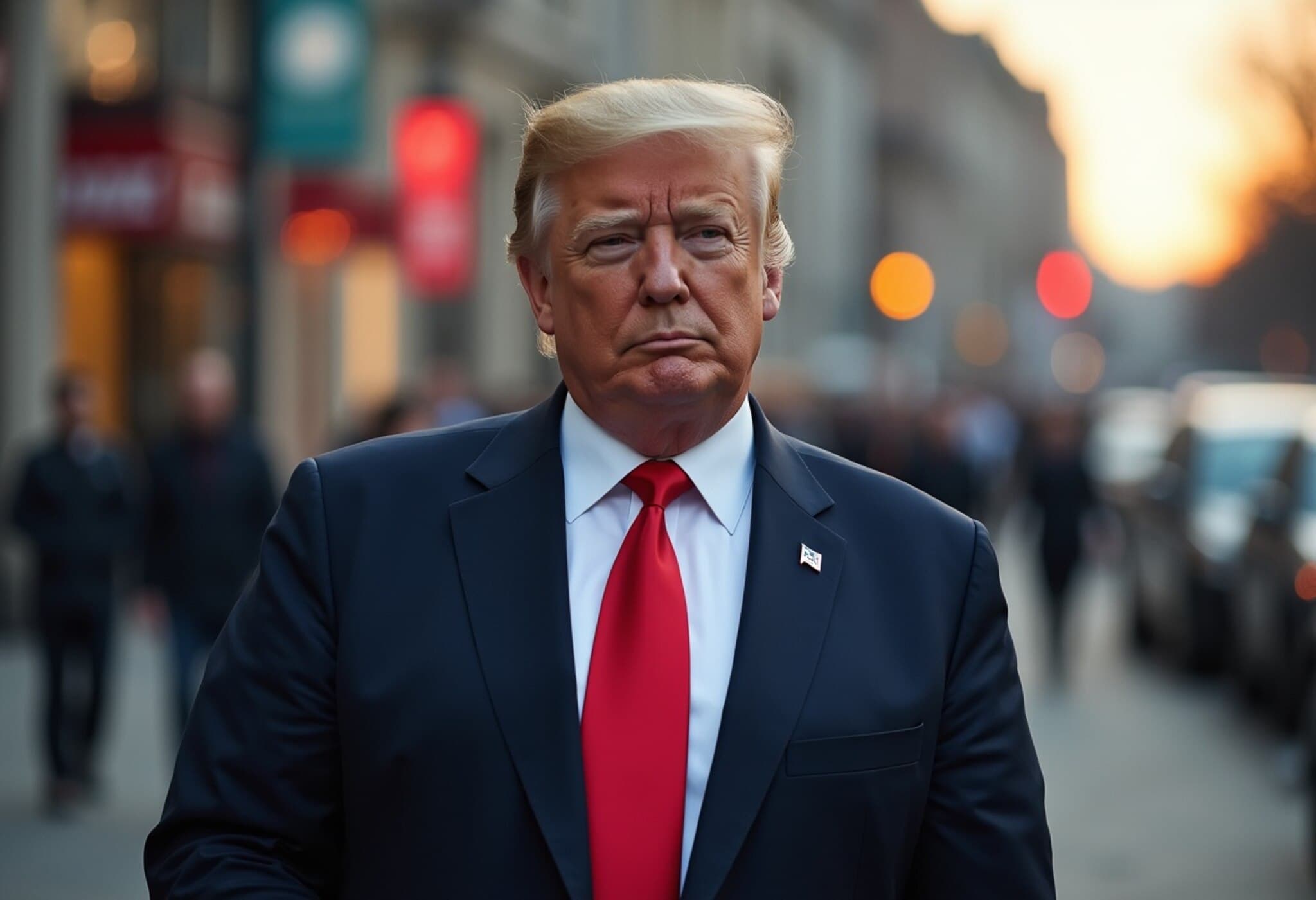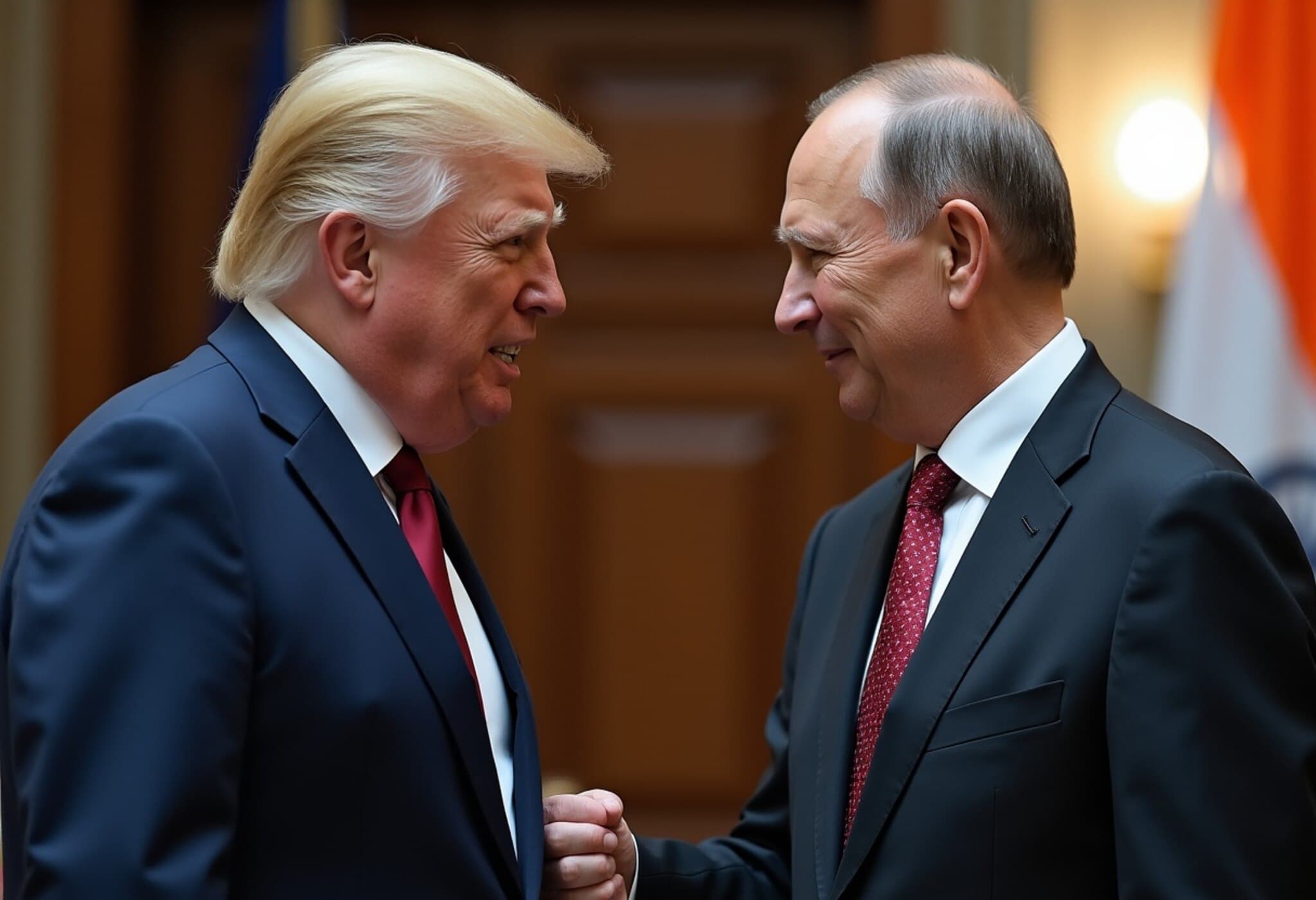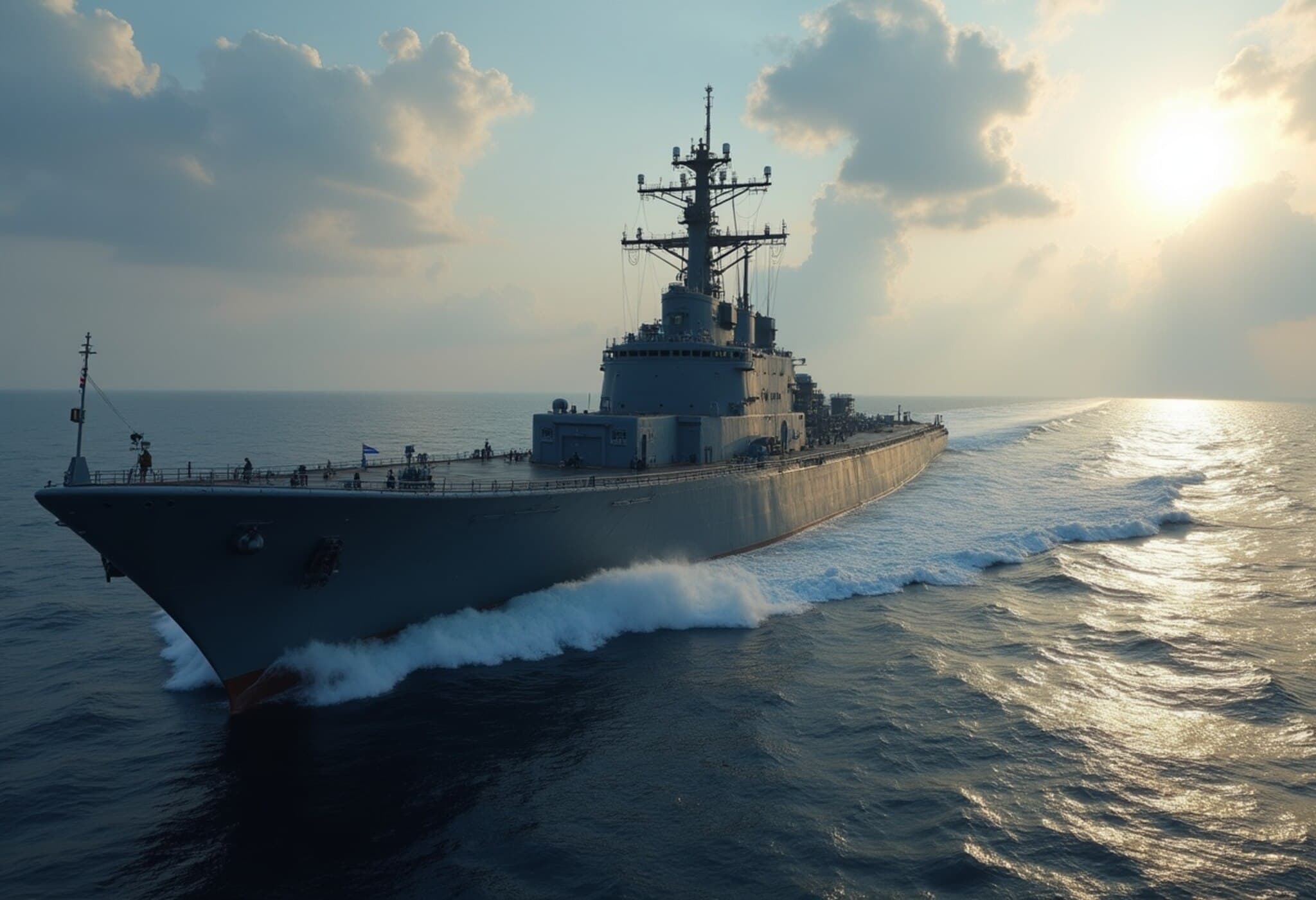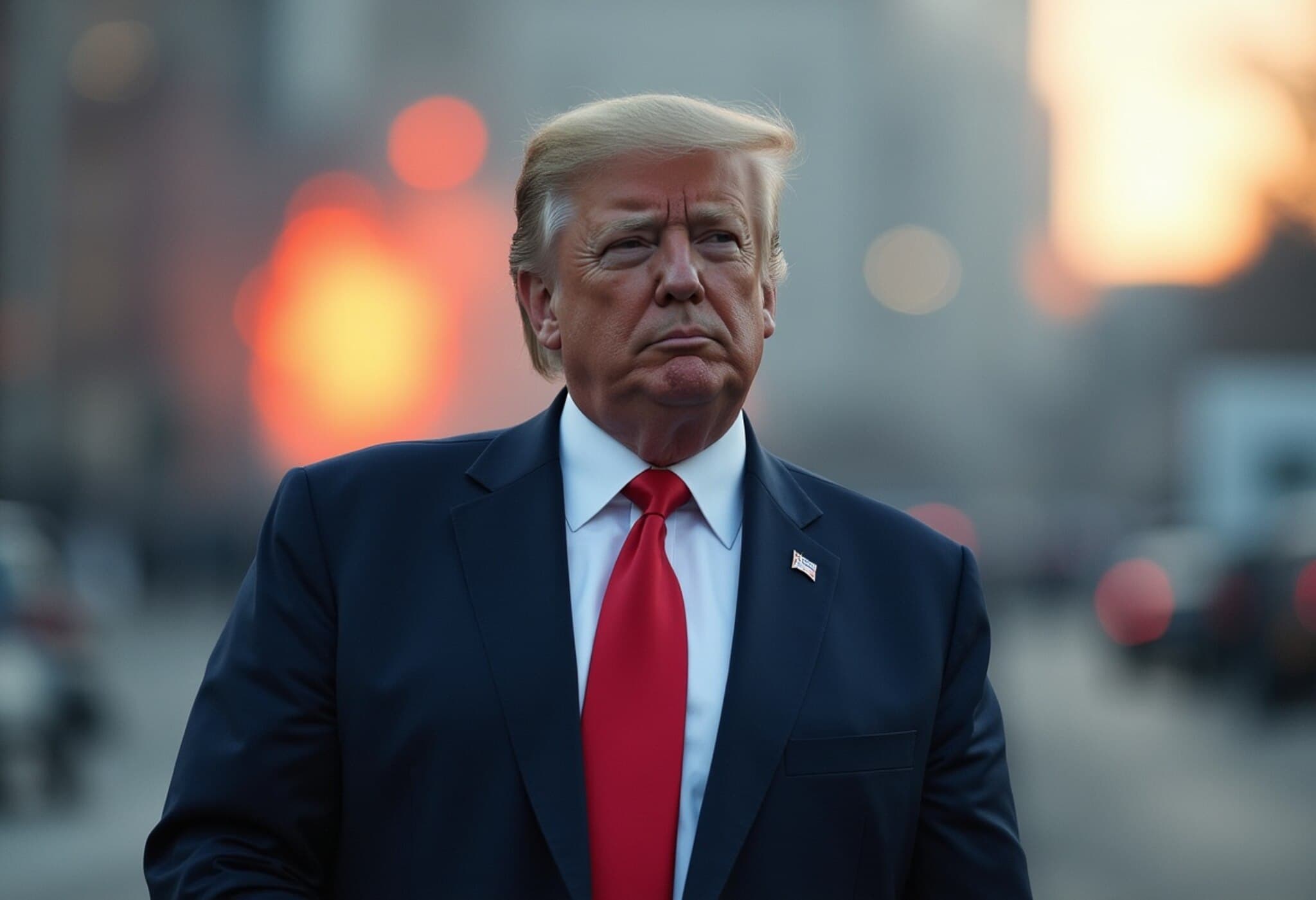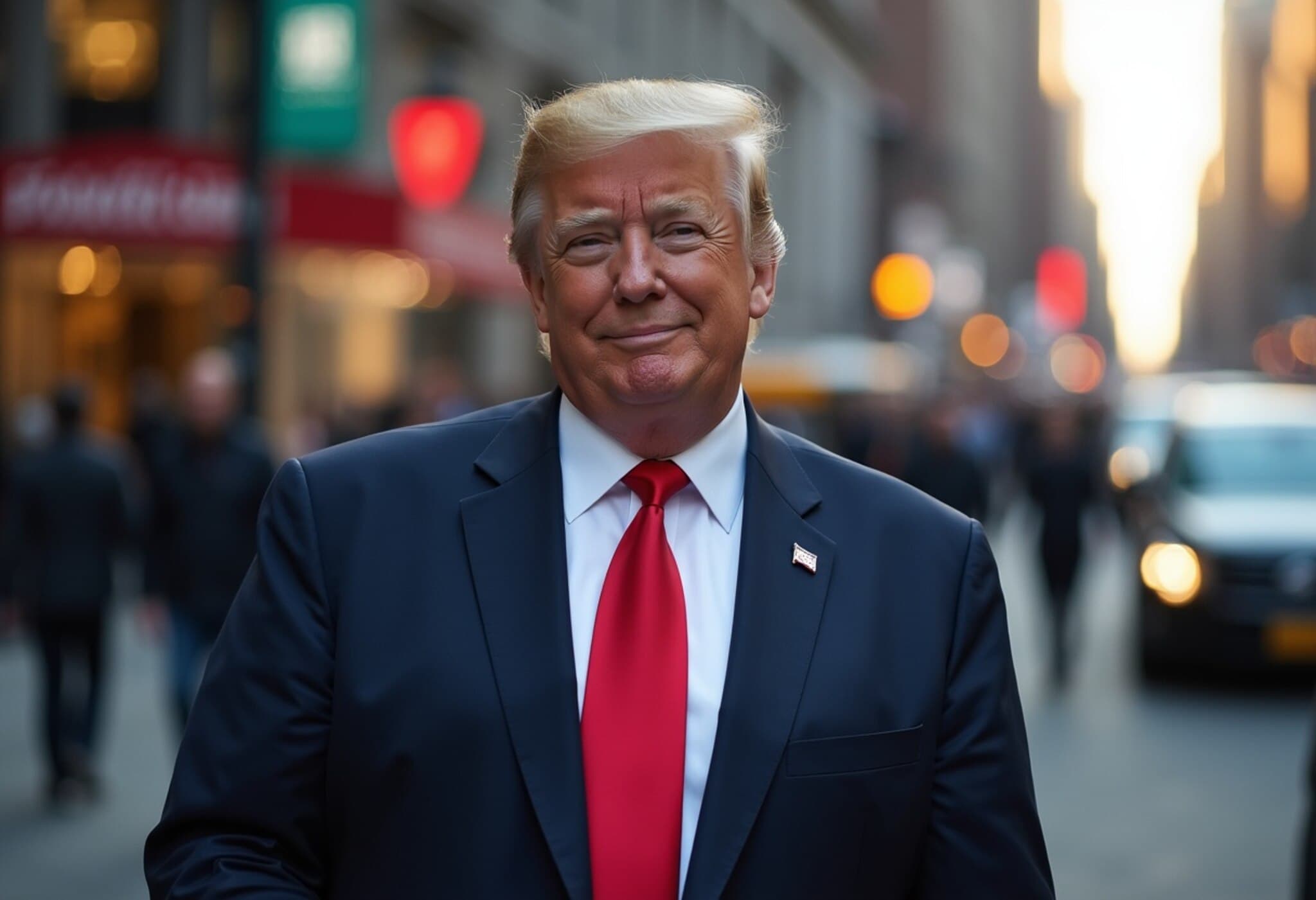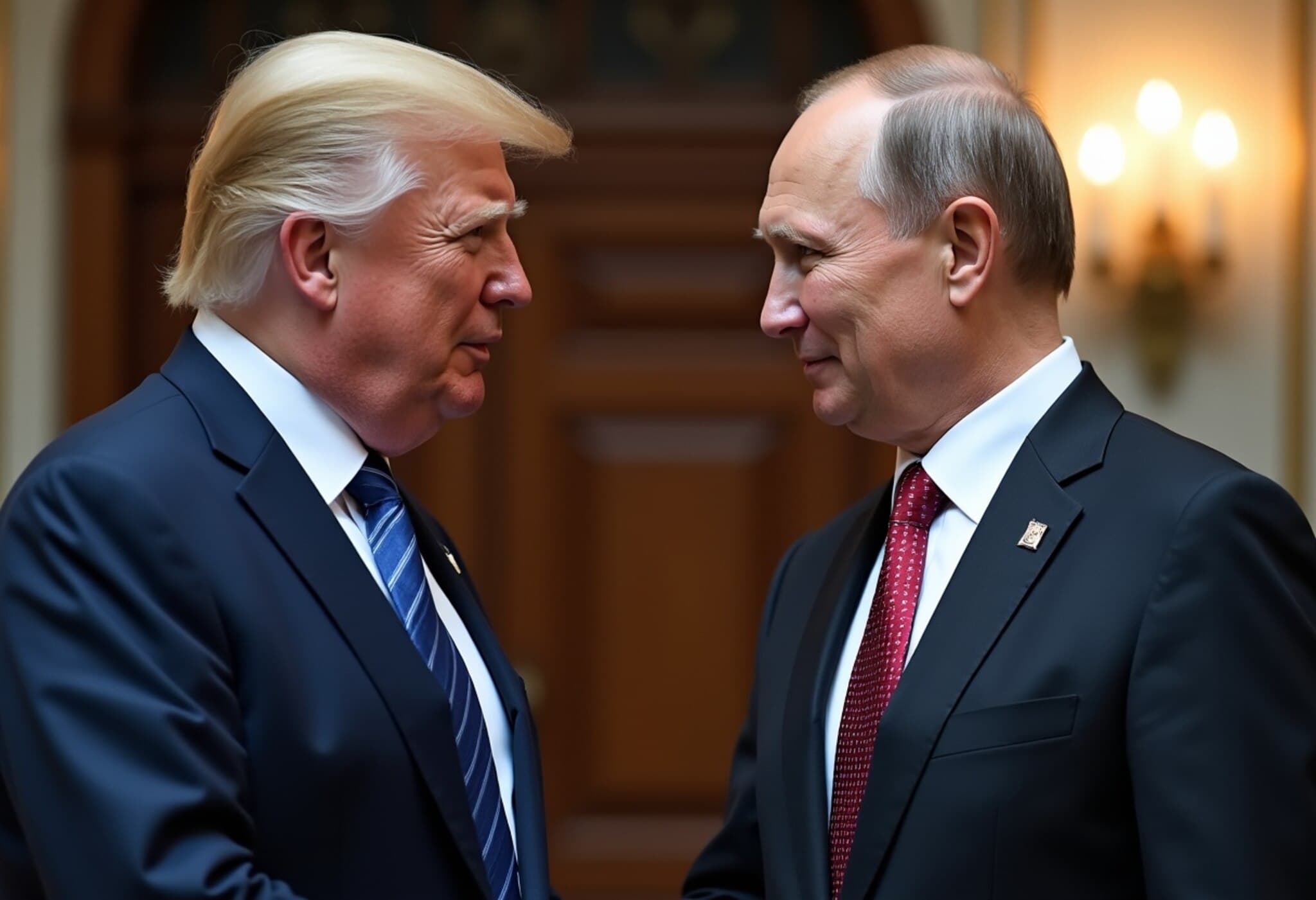Alaska: A Crucible of History and Geopolitics in US-Russia Relations
When Presidents Donald Trump and Vladimir Putin met in Alaska in 2025, their summit unfolded not just as a contemporary diplomatic event but against the rich backdrop of the state’s complex history—a tapestry woven from Russian legacy, wartime encounters, Cold War strategy, and ongoing geopolitical significance.
From Russian Colonization to American Acquisition
Alaska’s story with Russia began in the early 18th century, when Russian fur traders established settlements on the coasts of Sitka and Kodiak Island. Although the Russian settler population was modest, under 400 at its peak, their cultural imprint remains profound. Anchorage’s oldest standing structure is a Russian Orthodox church, and Russian surnames among Alaska Native communities underscore centuries-old interactions.
However, this era was not without conflict. Russian traders and missionaries exerted pressure on indigenous populations to harvest lucrative sea otter pelts, fundamentally altering local economies and cultures. By 1867, strained Russian finances after the Crimean War and depleted natural resources led Czar Alexander II to sell Alaska to the United States for $7.2 million—a price ridiculed as "Seward’s Folly" until the Klondike Gold Rush dramatically transformed perceptions.
Alaska’s Pivotal Role in War and Cold War Strategy
World War II thrust Alaska into global military prominence when Japanese forces occupied Attu Island, marking one of the few battles fought on North American soil. This harrowing episode exposed Alaska’s vulnerability and underscored its strategic military value.
During the Cold War, fears of a Soviet attack through the North Pole transformed Alaska into a critical defense outpost, dotted with radar stations and missile silos. These military installations not only bolstered national security but later laid infrastructure foundations pivotal to resource extraction projects, including the iconic Trans-Alaska Pipeline.
Today, alarm bells ring again as the Pentagon highlights increased Russian and Chinese activity in the Arctic region. The deployment of US troops to Aleutian Islands is a clear signal that Alaska remains a frontline guardian of American interests in a rapidly evolving geopolitical landscape.
Alaska’s Diplomatic Stage: A History of High-Profile Visits
Beyond military strategy, Alaska has been a meeting place for global leaders, symbolizing its enduring diplomatic significance. In 1971, Japanese Emperor Hirohito stopped in Anchorage, fostering post-war reconciliation. President Ronald Reagan met Pope John Paul II in Fairbanks during the 1980s, a nod to intertwined religious and political diplomacy.
More recently, Barack Obama made history as the first sitting US president to visit north of the Arctic Circle in 2015, underscoring climate change concerns. Chinese President Xi Jinping’s Anchorage visit in 2017, followed by resumed US-China talks in 2021, further emphasized Alaska’s role as a nexus of international dialogue in the Arctic realm.
Controversies and Symbolism Surrounding the 2025 Trump-Putin Summit
While the choice of Alaska as the site for Trump and Putin’s 2025 summit reflects its symbolic and strategic resonance, it has sparked unease among many Alaskans. Russia’s 2022 invasion of Ukraine intensified scrutiny and protests. Anchorage’s suspension of its sister city relationship with Magadan, and the Juneau Assembly’s vocal concerns about connections with Russian territories, illustrate local tensions.
Expert voices add layers to this unease. Nigel Gould-Davies, former UK ambassador to Belarus, warned that Putin could exploit Alaska’s history for rhetorical leverage, suggesting historical territorial exchanges to justify claims on Ukrainian lands—complex and potentially dangerous geopolitical rhetoric.
Why Alaska Still Matters in Global Politics
Alaska embodies the confluence of historical legacies, strategic imperatives, and ongoing geopolitical rivalry. Its Russian colonial roots, pivotal wartime role, and Cold War infrastructure have evolved but remain relevant in today’s contest over Arctic dominance and international security.
As climate change opens new maritime routes and resource frontiers, Alaska stands at the crossroads of emerging global challenges. The echoes of history resonate in current diplomacy, making the state not merely a backdrop for summits, but a protagonist shaping 21st-century geopolitics.
Editor’s Note:
The Trump-Putin summit in Alaska exemplifies how geography and history continue to influence modern diplomacy. Beyond headline-making meetings, the Arctic’s contested future asks pressing questions: How will nations navigate competing interests amid environmental transformation? What lessons can be drawn from Alaska’s past to inform peaceful collaboration? Readers are encouraged to reflect on the intertwined legacies shaping global power dynamics today.

